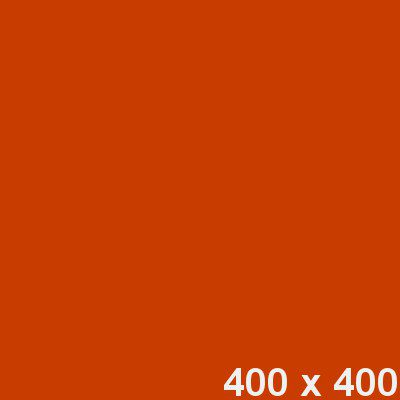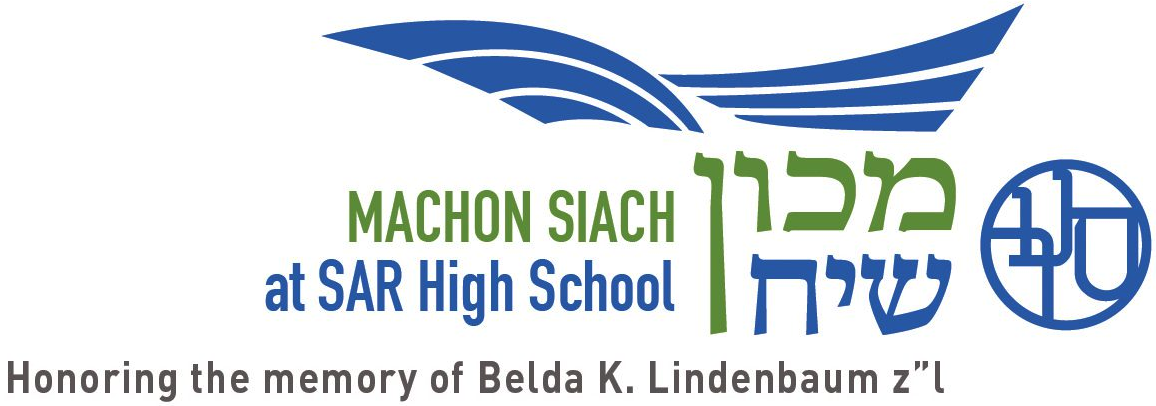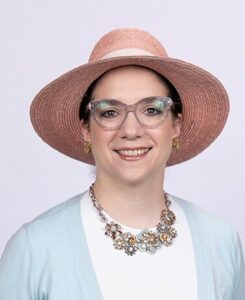
The End of Abundance: American Modern Orthodoxy in a Post-Covid World
A 6:45AM phone call on March 3rd brought the news: a parent had tested positive for COVID-19; we would not be having school that day. Within days, the shutdown spread from “the New Rochelle cluster” to New York City, the state, the nation. It brought the jarring disruption of every single aspect of our normal lives, and particularly our normal Jewish lives–the end of tefillah b’tzibbur, Megillah on Zoom, the closing of our schools, and heartwrenchingly, the experience of so many celebrating Pesach alone, apart from family, to avoid transmitting the deadly virus.
In those surreal early days (I wish I had kept a diary. Note to self: if I ever, Heaven forbid, end up living through historic times again, keep a diary!) my old friend and new boss Rabbi Jonathan Kroll kept coming back to one metaphor: that of the Blitz, the German aerial bombardment of London in World War II.
(It would go something like this in our now-on-Zoom meetings:
Administrator: How are we going to give tests, or grades, or a transcript?
Rabbi Kroll: Do you think they worried about transcripts in London during the Blitz?)
Making Pesach under those circumstances reminded me of the Blitz for a different reason. As the New York Times wrote in its obituary for Elizabeth, the Queen Mother,
As queen during World War II, her decision to remain in London through the worst days of the blitz proved a rallying point for Britons desperate for the sort of leadership that only a monarch could provide. And when Buckingham Palace was bombed, she forever endeared herself to the nation by declaring herself in solidarity with the working-class people of London’s bomb-ravaged East End.
“I am almost glad we have been bombed,” she said, in what became one of the war’s most memorable remarks. “Now I feel I can look the East End in the face.”
No, it wasn’t remotely comparable to the hardships under which Jews throughout history have observed Pesach. But preparing for a chag without family, without guests, without shul, without friends made me feel like in some small way, I was earning the right to look Jewish history in the face, to claim my place among the countless Jews who made yom tov with far more determination, facing far more adversity.
On Erev Pesach (when I am sure that I had plenty of other things I should have been doing), I saw a dear former student post on social media about her frustration with the challenges of the observance of taharat hamishpacha during COVID-19. She questioned the assurances being given to women that using the mikvah remained safe, given how incomplete and rapidly-changing our understanding of this virus was. And she expressed dismay at the lack of halakhic workarounds, drawing an explicit analogy to the sale of chametz as a workaround to the prohibition against owning chametz on Pesach.
I’m not qualified to opine on the halakhic issues involved. But there was something that seemed to be underlying her frustration, anger, and pain that struck me deeply. We, as American Modern Orthodox Jews, have become very used to abundance. This is true in our material lives–according to the Pew Study, Modern Orthodox Jews are the wealthiest subgroup of American Jews. But that is only a piece of it. American Modern Orthodoxy is a religious movement of both/and, not either/or. We can have our Torah and our Madda, our Grand Conversation engaging Torah and the world. We can participate in religious study at the highest level, and study at the most prestigious universities, and not feel that one precludes the other. (We can expect our high schools to prepare our children to do both.) On an experiential level, we can enjoy the benefits of living a committed meaningful communal religious life, and go to Broadway shows, travel to Thailand, compete in NCAA basketball. It is a movement born of, and responsive to, abundance and expansiveness.
This expansiveness has been reflected in the aims and content of our educational system. We educate more towards navigating between two worlds than what to do when one world conflicts with the other and we have to give something up. We train our students for synthesis, not sacrifice.
It is vitally important to note that I am describing phenomena that I see here in the community as a whole. Individual Orthodox Jews have long been asked to sacrifice, in different ways, to be part of our community. That is perhaps most obviously true of LGBTQ Orthodox Jews, but it is true of many others, as well. To deny that individuals have had to sacrifice to remain within the ambit of Modern Orthodoxy would be a callous denial of the lived experience of many. But as a community, we are organized around accommodation of both, not choice of either.
I recently read Professor Eliyahu Stern’s book Jewish Materialism: The Intellectual Revolution of the 1870s, which connects the rise of materialist ideas among the Jews of 19th century Eastern Europe with the economic conditions under which they lived and whence these ideas emerged. Prompted by Stern’s book and the reality of COVID-19, I started to wonder about American Modern Orthodoxy: to what extent is our religious movement an outgrowth of, a reflection of, the particular material circumstances of the late-twentieth and early-twenty-first century United States in which it flourished? And what happens to this movement, whose principles I believe in and to which I have devoted my professional life, if those circumstances change?
I believe in the Grand Conversation. Encountering that idea, and its expositor Rabbi Tully Harcsztark, changed my life. But I could believe in it because I lived in a world that accepted me as an observant Jew, admitted me to a program of high-level academic study as an observant Jew, at a time and place in which observant Jews could do pretty much anything without sacrificing their observance. Perhaps, in other words, it was not the ideology that drove me to seek out the opportunity, but the existence of the opportunity that made the ideology possible.
This manifests in the intellectual realm, certainly, in our belief that our students can study the best of contemporary scholarship and Torah and navigate nimbly in the challenging places where they collide and intersect. It manifests in the stories of Modern Orthodox students getting the state basketball playoffs or the Mock Trial competition rescheduled so that they can both compete and observe Shabbat. But it also manifests in finessing the questions of women in communal leadership by committing financial resources to Torah study programs for women and women scholars-in-residence in our shuls, while maintaining a formally all-male rabbinate. It manifests in seeking opportunities to welcome women into our mekomot tefillah, while maintaining a halakhic minyanim of ten men.
The American Modern Orthodox community in the last part of the twentieth century and the beginning of the twenty-first century has been remarkably successful. We have built an enormous communal infrastructure of schools, shuls, and institutions. Members of our community are increasingly Jewishly-educated and have advanced secular educations. We participate in high and popular culture, in public life, in the professions. We have taken full advantage of the breadth of opportunities that were afforded to us by American acceptance, material success, and career and educational possibilities.
And we ran smack into a brick wall on March 3, 2020.
It will never not be surreal that my school, my community, was the first, the epicenter, but so it was. We shut down–alone, at first, to be followed within weeks by the city, and then, the country. In every way, we were confronted with scarcity and lack. No shul, no school (no leaving our homes), no communal life, no normal life.
Our institutions were shuttered for the short term, and may have to be radically reorganized for a long time. Our financial resources have been strained, and may not recover. We have been challenged on our expectation of the easy ability to observe halakha, while still having the comfort and access we take for granted. In many concrete ways, for many Orthodox Jews, observance of halakha seemed likely to lead to discomfort, even pain.
What happens when a religious movement that emerges from a moment of abundance and expansiveness, that lives material abundance and expansiveness and develops ideology to valorize intellectual and religious expansiveness, that builds its institutions on an assumption of abundance and expansiveness, confronts scarcity and lack? When we have to prioritize which institutions survive, where resources get allocated, who is permitted to come to shul? When those questions force us to ration, to make very difficult choices that we didn’t have to make when circumstances allowed us to both/and?
And more: what happens to a religious community that has framed itself around meeting the challenges of both/and (how we keep our kids frum while they’re in secular college, how we maintain their commitment to Judaism and mitzvot and Israel while they’re living and working in the broader world) finds itself confronted with the challenges of either/or? When d’Oraita prohibitions cannot be worked around, even if their observance occasions discomfort or distress? When our students say, “This program of scarcity and sacrifice isn’t what I signed up for, and I don’t much like it”? How does a religious community that emerged in a moment turn to face a wholly different world?
I don’t know, but we are about to find out. I imagine that the next decade of American Modern Orthodox life will look very different than the ones that preceded it. Perhaps I should keep a diary.



